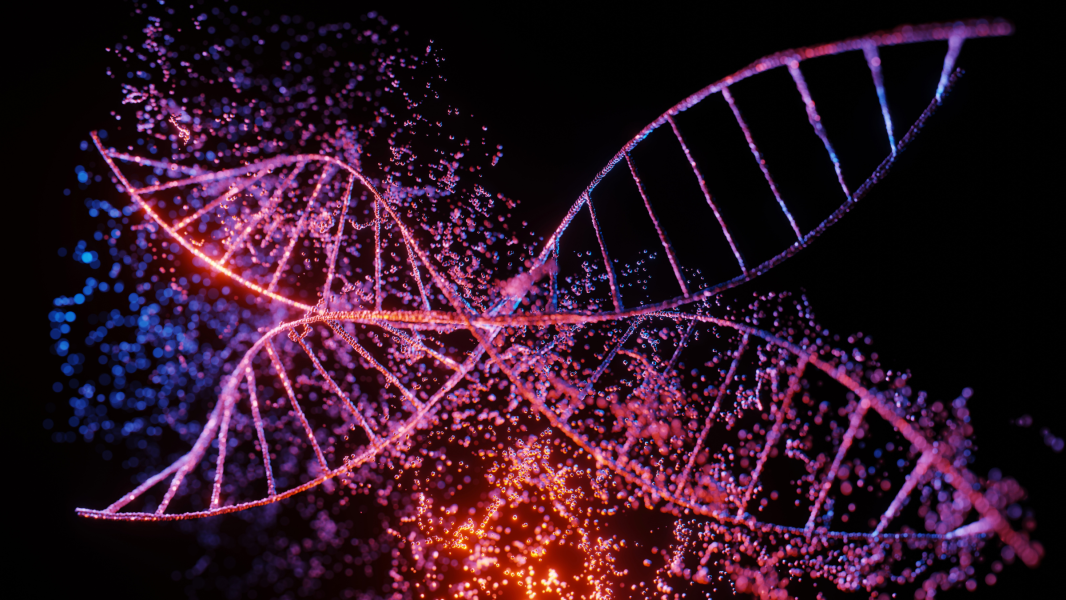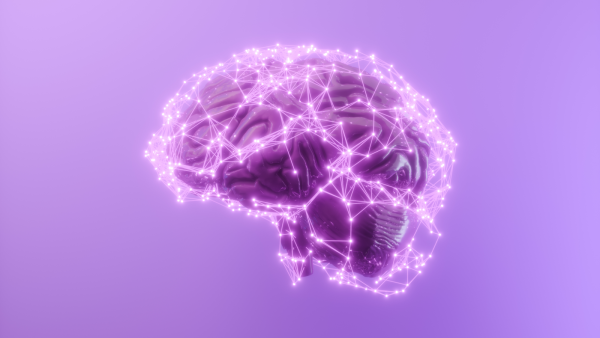
A recent study has shown that changes in regulatory regions of certain DNA segments can influence the expression of genes associated with autism in different parts of the genome. (Image credit: Evgeny Kovalev via Getty Images)
The “butterfly effect” may help us understand how DNA genes linked to autism are activated. A new study suggests that through this complex ripple effect, mutations in genes unrelated to autism eventually affect the activity of genes linked to the disorder.
How does this happen? DNA contains genetic material known as promoters, which actually turn genes on or off. Because DNA is twisted and folded into a three-dimensional structure, these promoters are able to control genes that are far away from them on the DNA strand. In other words, if you unwound all the kinks in the DNA, the promoter and the genes would be far apart, but introducing creases into the molecule will bring them closer together. The promoter and the genes it controls form a regulatory “unit” called a topologically associated domain (TAD).
This complex mechanism means that a person without mutations in the genes linked to autism can develop the disorder because of mutations elsewhere in the genome — in the promoters. This concept is explored in a new study published Friday (January 26) in the journal Cell Genomics.
Autism is highly heritable, with estimates that 40% to 80% of cases are due to inherited genes. However, autism can also occur due to mutations that occur spontaneously in DNA.
Such mutations have recently been discovered in “non-coding” regions of DNA, which make up about 98.5% of the genome. These regions include promoters and are called “non-coding” because they do not contain instructions for making proteins, as genes do.
Previously, little was known about how mutations in non-coding DNA affect a person's likelihood of having autism spectrum disorder (ASD). A new study is beginning to address this question.
The researchers analyzed the genomes of more than 5,000 people with autism, as well as the genomes of their siblings who do not have the condition, and used them as controls. The team specifically looked for non-heritable mutations. They used specialized techniques to capture the three-dimensional configuration of the genome and identify the boundaries of TADs around genes associated with autism.
The team found a direct link between autism and regulatory mechanisms of genes associated with TADs, particularly TADs that contain genes known to be associated with autism.
Sometimes, a change in just one “letter,” or base, in the DNA code was linked to an increased risk of autism, senior study author Dr. Atsushi Takata, a researcher at the Riken Brain Research Center in Japan, told Live Science in an email.
“The results showed that just one difference in DNA base sequence in a non-protein-coding region can affect the expression of nearby genes,” he said, “which in turn can alter the overall expression profile of distant genes in the genome, leading to an increased risk of ASD.”
Takata likened this to a physical phenomenon known as the “butterfly effect,” in which a tiny change in the initial state of a complex system has a significant impact later on—for example, a butterfly flaps its wings, and a few weeks later, a tornado tears through a town a few miles away. Similarly, a tiny mutation in a promoter can have a dramatic effect on gene expression elsewhere.
In a separate experiment in human stem cells, the researchers induced mutations in specific TAD promoters using the gene-editing technology CRISPR. They found that a single mutation that reduced promoter activity could lead to changes in gene activity.
Sourse: www.livescience.com





